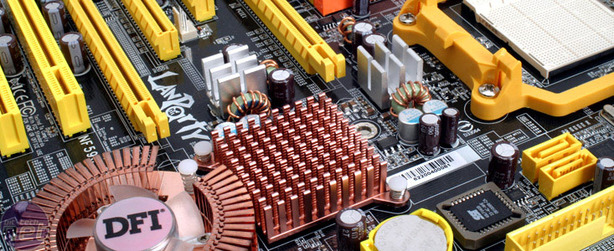Testing Methods:
With the exception of SiSoft Sandra, all of our benchmarks have been engineered to give you numbers that you are likely to find useful when actually using the products we have evaluated in the real world.We are also focusing a lot more of our time on evaluating the stability of the motherboards (and platforms) using a stress test designed to highlight any of the potential weaknesses that the product may have. That involves a gradually increasing amount of stress starting with Prime95 and expanding to IOMeter and an endless loop of Far Cry loop if all is well. This is to ensure that all parts of the system are stressed simultaneously over a period of time.
We believe that the consumer is never likely to subject their platform to this level of stress and we are not expecting every product to complete an entire extended stress test. However, most poorly engineered products fail within the first couple of hours, or even minutes, allowing us to make a conscious decision on whether a motherboard (or platform) is worth your money, regardless of how well it performs in our benchmarks.

Test Setup:
AMD Athlon 64 FX-62 (operating at 2800MHz - 14x200); 2 x 1GB Corsair XMS2-6400C3 (running at DDR2-800 in dual channel with 3.0-3-3-9-1T timings); BFG Tech GeForce 7900 GTX OC video card (operating at 670/1640MHz); Sapphire X1900XTX in CrossFire; Seagate 7200.9 200GB 7,200RPM SATA 3Gbps hard disk drive; OCZ GameXStream 700W power supply unit; Windows XP Professional Service Pack 2; DirectX 9.0c; NVIDIA Forceware 91.47 WHQL; ATI Catalyst 6.9 WHQL.Motherboards:
- DFI LANParty UT NF590 SLI-M2R/G;
- Asus M2N32-SLI Deluxe WiFi Edition;
- Foxconn C51XEM2AA;
- Sapphire PURE CrossFire PC-AM2RD580;

MSI MPG Velox 100R Chassis Review
October 14 2021 | 15:04








Want to comment? Please log in.